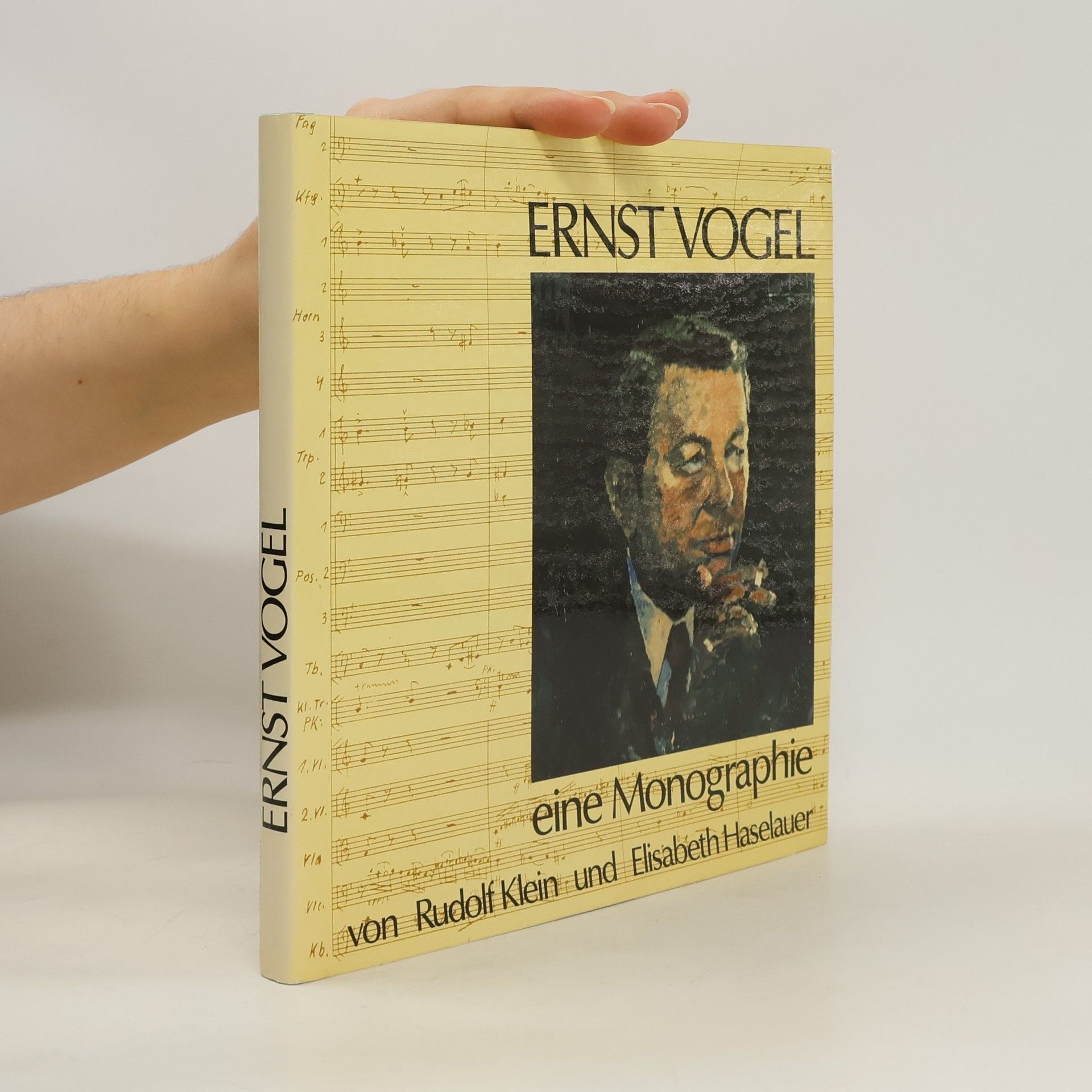Leben mit Alkohol - Herausforderungen und Chancen
- 114 pages
- 4 hours of reading
Das Buch bietet eine umfassende Analyse des individuellen Trinkverhaltens und beleuchtet die unterschiedlichen Wahrnehmungen von Alkohol. Es ermutigt die Leser, persönliche Gedanken und Bewertungen über ihren Alkoholkonsum zu reflektieren und das eigene Leben zu hinterfragen. Durch Selbstdiagnose und konkrete Handlungsstrategien, unterstützt von Fallbeispielen und Fragenkatalogen, werden Wege aufgezeigt, um ein gesundes Verhältnis zu Alkohol zu entwickeln. Ziel ist es, bewusste Entscheidungen zu treffen und gegebenenfalls Veränderungen im Umgang mit Alkohol vorzunehmen.










